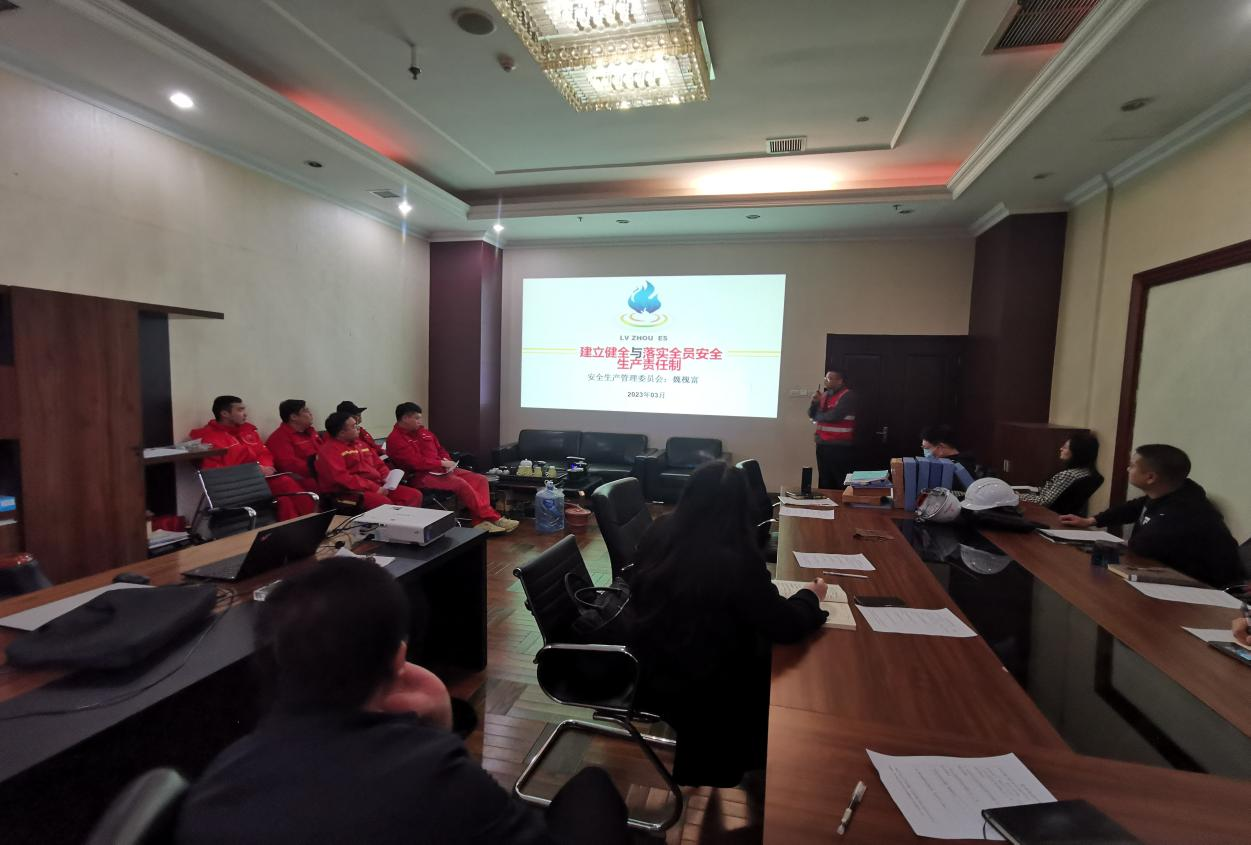Business Details
Safety Training for Management Personnel in Various Units
In May, the company organized safety training for the management personnel of various units. The training was conducted by Wei Huaifu, the Safety Director, and focused on "How to Be a Safety Management Leader."
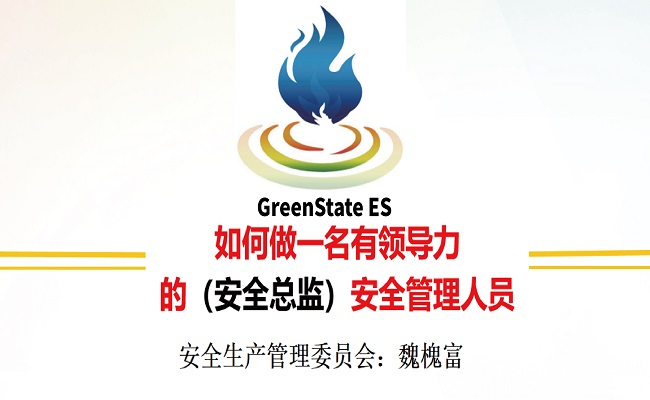
During the training, recent accident cases were analyzed in-depth to provoke reflections on the "safety leadership of management personnel." Director Wei then shared the growth experience of a manager from a multinational corporation regarding HSE (Health, Safety, and Environment) concepts and how to become a safety leader.
The key takeaways for the safety management personnel were that safety is everyone's responsibility, not just that of safety personnel. It's not just about oneself, but also about others and collective responsibility. "Safety leadership" involves guiding, persuading, instructing, and setting an example to genuinely protect oneself and others from danger or harm.
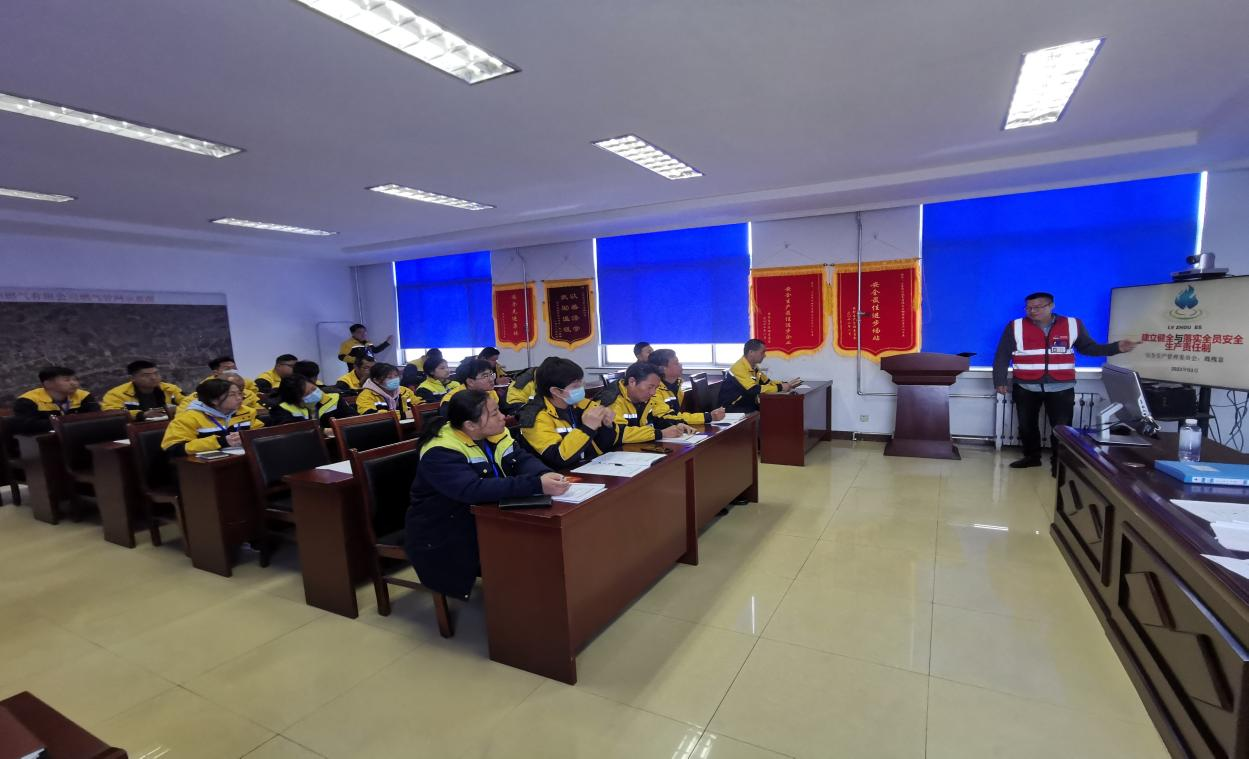
Director Wei emphasized that management personnel have a greater responsibility for safety compared to regular employees. They should always set a safety example and be aware that employees are observing whether they comply with safety regulations. Management personnel need to make a "safety commitment" to turn the correct safety concepts into practice and actionable steps. They should lead by example, establish a safety culture through their actions, and effectively exercise their safety leadership andinfluence.
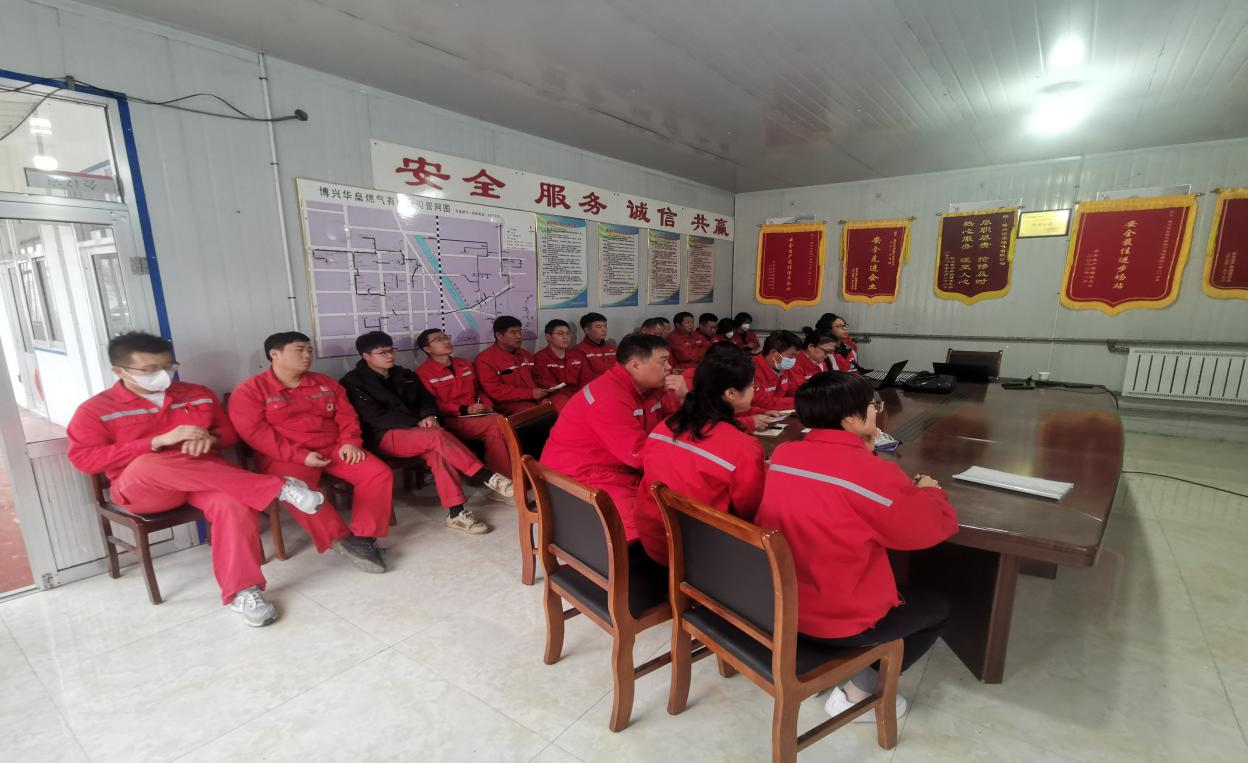
Director Wei also discussed concepts like "Heinrich's Accident Pyramid," "Bowtie Accident Causation," and the "Domino Theory" to help safety management personnel deeply understand that good personal safety behaviors through leading by example are essential for employees to truly perceive the importance of safety, witness leadership as a safety model, and realize the necessity of practicing safety themselves.
Using the example of Chen (a company leader) signing the "Safety Production Target Commitment" with responsible persons from various units, Director Wei urged the leadership teams of each unit to strengthen their management philosophy and implement safety management principles.


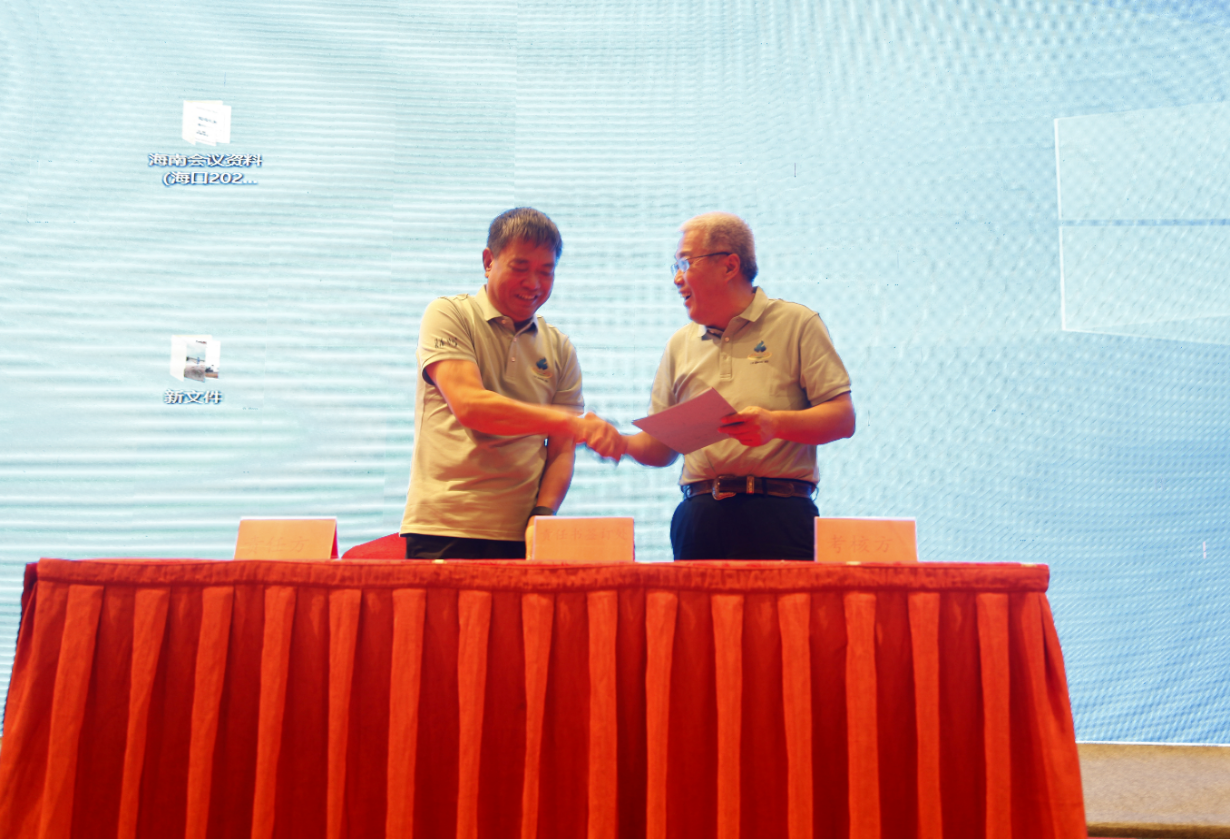


The training concluded by emphasizing that corporate culture is leadership culture. The leadership's desire, advocacy, commitment, and guidance determine the direction and intensity of safety culture building. Changes, improvements, and actions in leadership safety concepts shape the course of safety culture development.
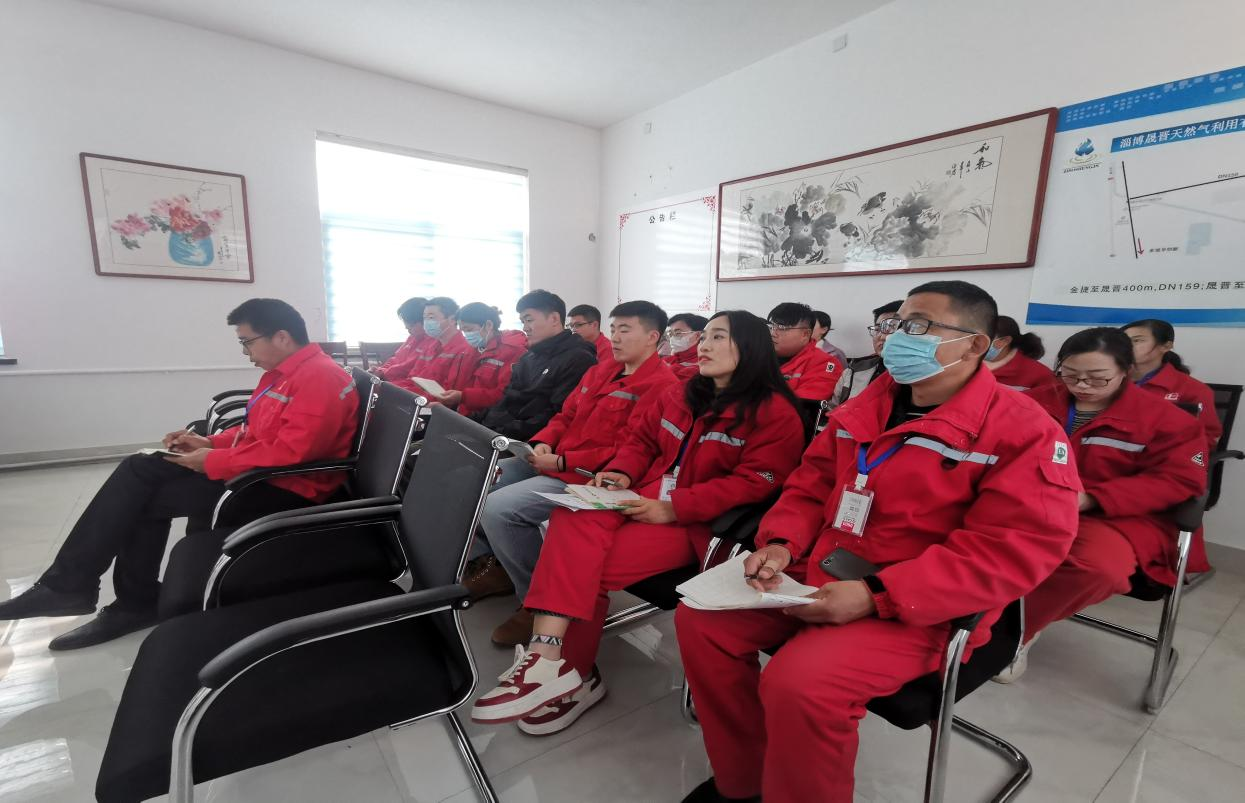
Through this training, safety management personnel from various units improved their management abilities, gained a clearer understanding of the current serious safety production situation, deepened their knowledge of safety, became aware of their rights and responsibilities in safety production, and enhanced their safety risk awareness.
